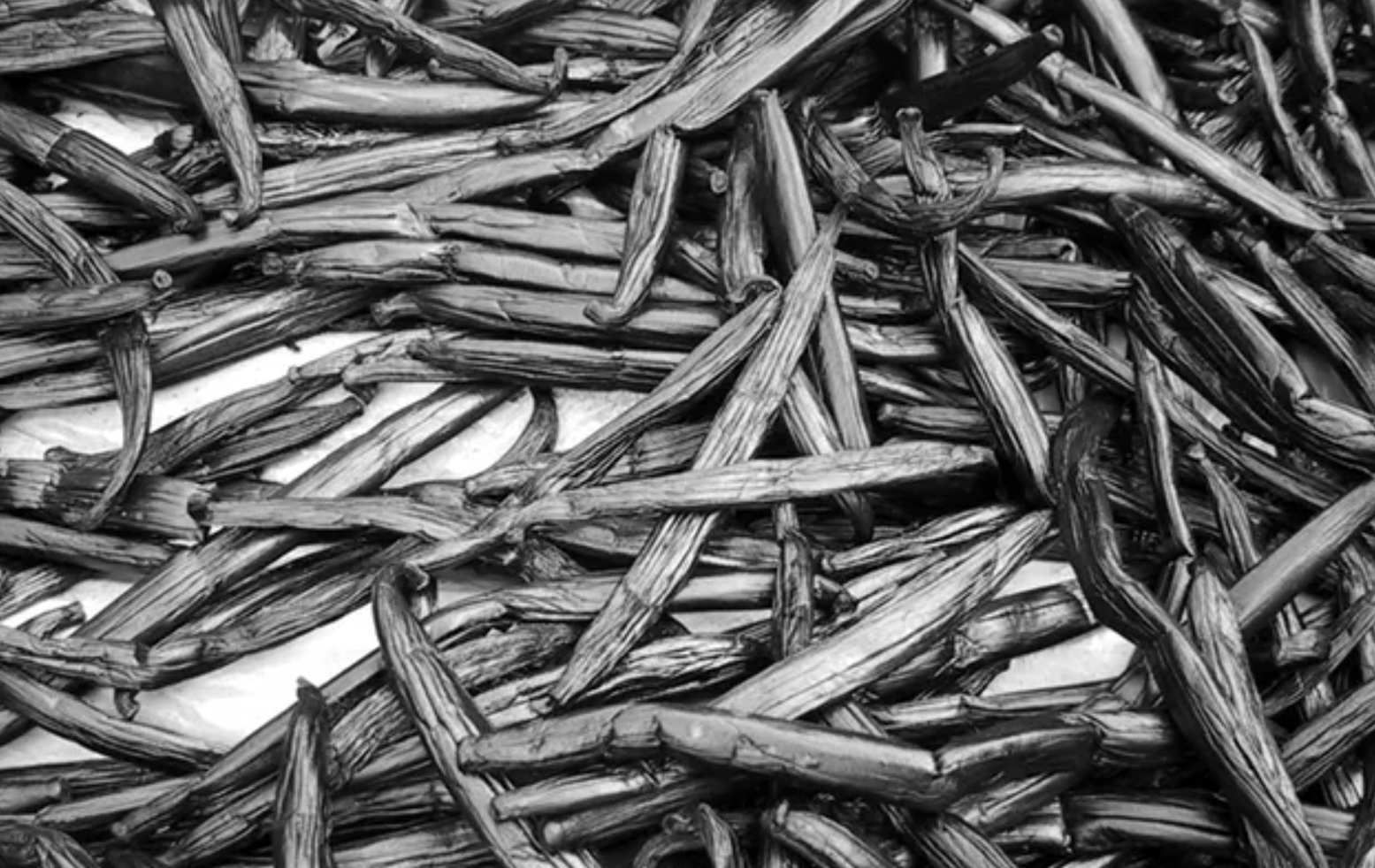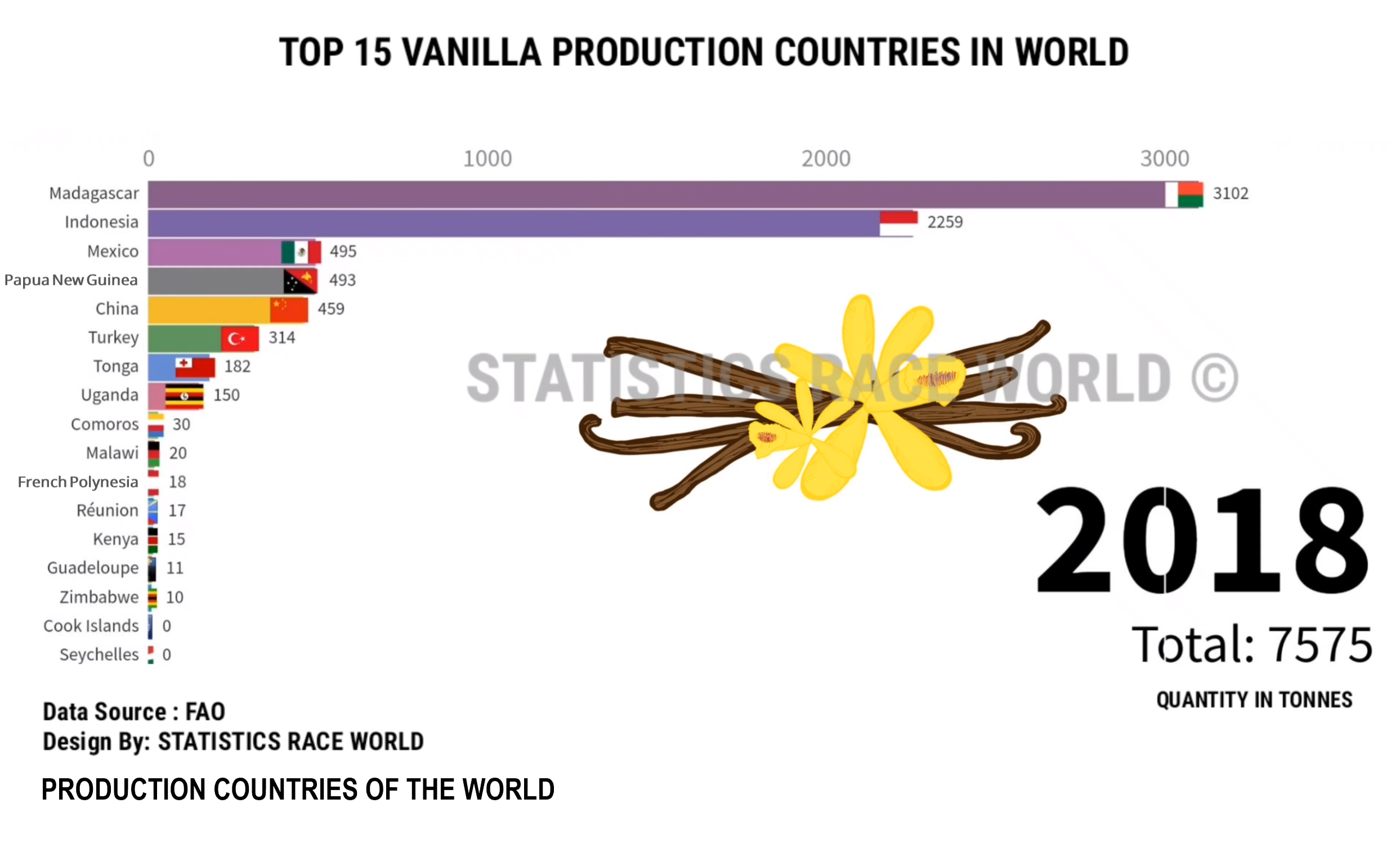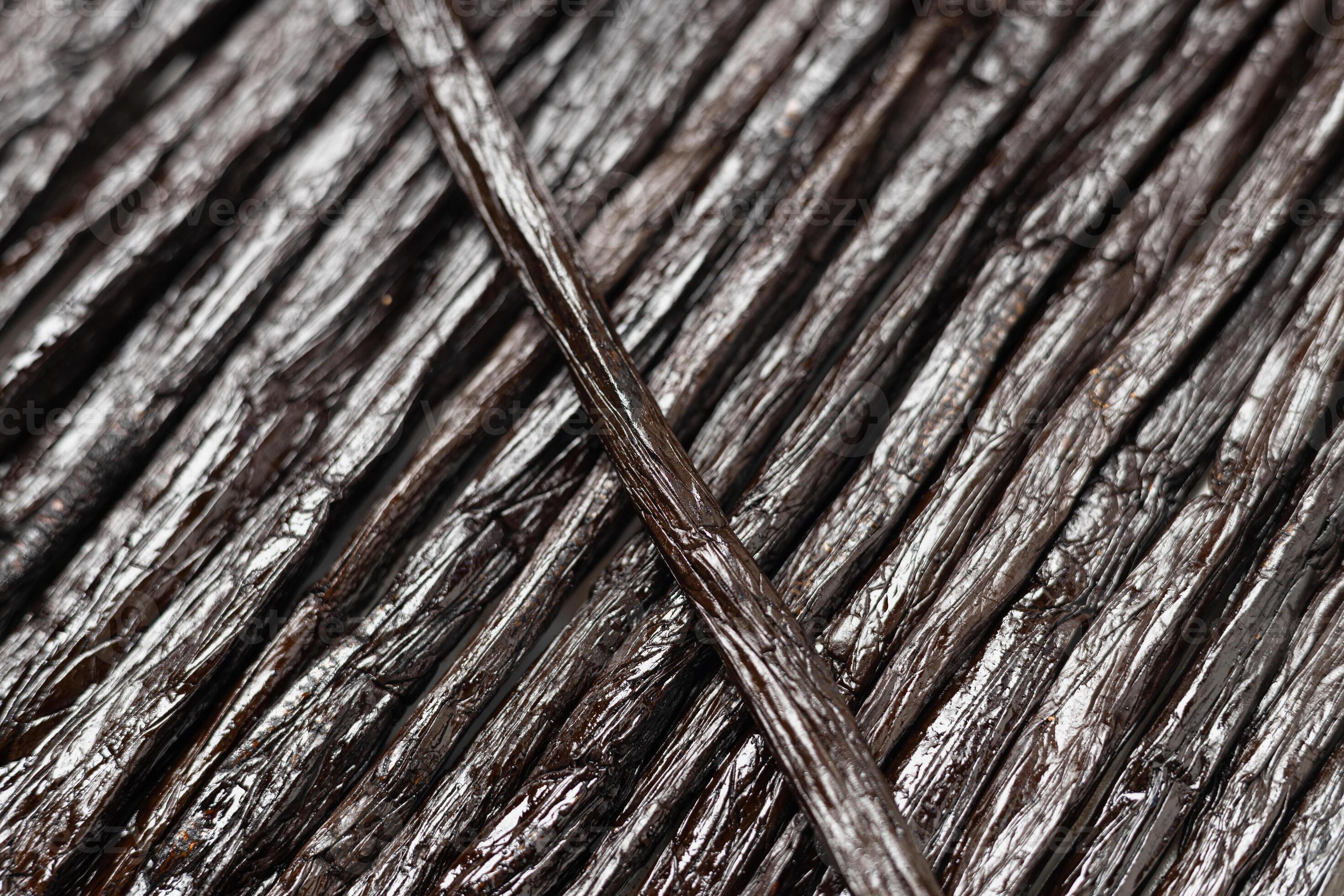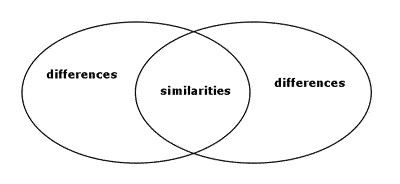Madagascar vs Tahitian: What's The Difference?

Vanilla, one of the most prized and widely used flavors in the world, primarily comes from two species of orchid: Vanilla planifolia and Vanilla tahitensis. Though both produce the beloved vanilla bean, they differ significantly in flavor profile, appearance, cultivation, and ideal usage. Yet, they also share core qualities that make them part of the same luxurious family of flavor.
ORIGIN & CULTIVATION

Vanilla Planifolia, also known as Bourbon or Madagascar vanilla, is the most common variety, accounting for the majority of the world's vanilla production. It is cultivated in Madagascar, Insonesia, Uganda, Mexico, and other equatorial regions. Vanilla Tahitensis, on the other hand, originated as a hybrid variety in Tahiti and is now cultivated primarily in French Polynesia and Papua New Guinea. While both species are orchids, tahitensis has diverged from planifolia through generations of selective cultivation, resulting in a bean with unique physical and aromatic characteristics.
FLAVOR & AROMA

The most striking difference lies in their flavor profiles. Planifolia beans have a deep, rich, classic vanilla flavor with prominent notes of chocolate, wood, and sometimes smoky undertones. These beans deliver the bold vanilla taste that most people recognize instantly, making them ideal for baking, brewing, and ice cream.

Tahitensis beans are more floral and fruity with a wider range of flavors sometimes including delicate notes of cherry, licorice, and jasmine. Their fragrance is lighter and more perfumed, which makes them especially suited for high-end desserts, perfumes, or applications where the subtleties of the vanilla should shine rather than blend.
APPEARENCE & TEXTURE

Visually, Planifolia beans tend to be longer, thinner, and oilier, with a more robust and flexible feel. Tahitensis beans are typically wider, flatter, shorter and more wrinkled. These differences reflect not only the species but also the curing methods and climates in which they're grown. Please note these are tendencies and not absolutes, vanilla beans of both species may reflect characteristics typically found in the other.
SIMILARITIES

Despite their differences, both beans are hand-pollinated, labor-intensive crops that take months to cure after harvest. Both contain vanillin—the compound largely responsible for vanilla’s characteristic flavor—but in different concentrations and accompanied by varying secondary compounds that influence their aroma. They are both used to make pure vanilla extract and are valued by chefs, perfumers, and mixologists alike.
CONCLUSIONS
While planifolia and Tahitensis vanilla beans share a common origin and purpose, their differences in aroma, flavor, and texture make each uniquely suited to particular culinary and commercial uses. Choosing between them depends on whether you’re aiming for deep, traditional warmth or a light, floral elegance in your vanilla-based creations.
PERSONAL RECOMMENDATIONS
Our personal thoughts...Both Planifolia & Tahitensis are excellent for making extract & using in your baking. But we, like a growing number of chefs & bakers, give a slight edge to Tahitensis for it's wider flavor palette for both baking & making extract. But it is purely a personal preference. You can't go wrong with either! Bon Appetit!
CLICK BELOW TO EXPLORE BOTH PLANIFOLIA & TAHITIAN OPTIONS!
